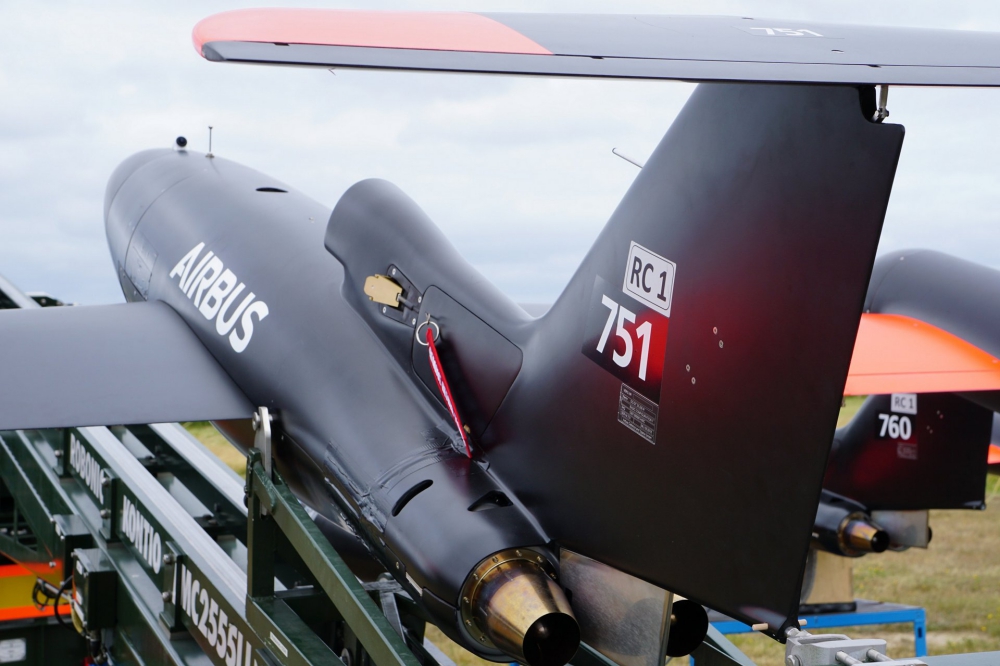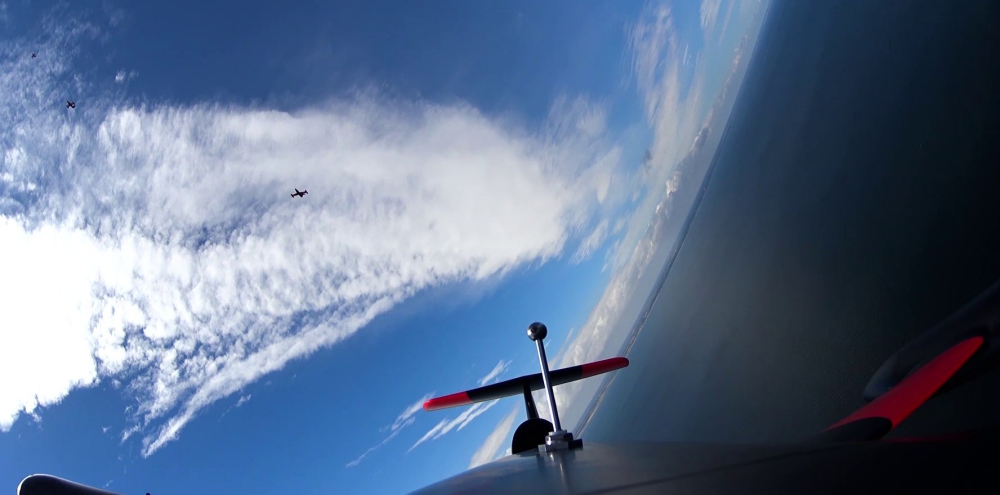The ability to control unmanned systems from a manned aircraft is an important “force multiplier” in Airbus’ vision for future air power that is smart, modular and connected. This know-how has been confirmed in a dynamic and interactive way during manned-unmanned teaming (MUT) test flight campaigns successfully performed by the company.
These campaigns included demonstrations with five Airbus-built Do-DT25 target drones controlled from a mission group commander who was airborne in a manned command and control (C2) aircraft.
Flown in a test zone of Germany’s Baltic Sea area, the MUT trial flights served multiple purposes, including validating such elements as connectivity, human-machine interface, and the concept of teaming intelligence through mission group management. For the aspect of teaming intelligence, multiple capabilities and enabling technologies are required at sufficient maturity levels – from teaming/swarming algorithms and new sensors to mission management systems for command and control assistance by the manned aircraft’s crew.
Advanced flight control and flight management system
A key element contributing to these successful flights was the advanced flight control and flight management system developed by Airbus for unmanned air vehicles – which combines fully automatic guidance, navigation and control with intelligent swarming capabilities.
Manned-unmanned-teaming is expected to increase the mission efficiency of future airborne systems in many ways. Equipped with sensors, the swarm of unmanned systems can provide situational awareness to a mission group commander located a safe distance away aboard the manned aircraft.
The Airbus MUT demonstrations brought together several of the company’s programme and product lines, with the main development and test phases conducted during a short timeframe and at low cost – supported by an agile, rapid prototyping environment and a risk-mitigation approach.
Expertise gained during the manned-unmanned teaming test flight campaigns will be applied by Airbus to develop Europe’s Future Combat Air System (FCAS).
Source: Blog


